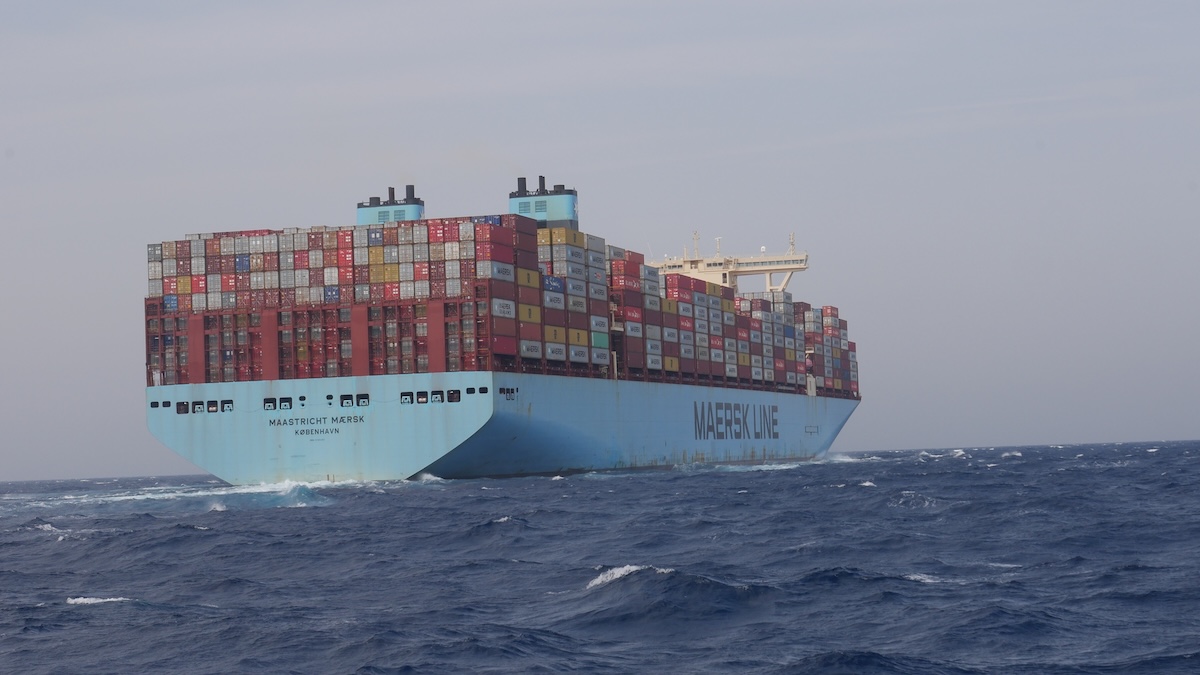
The U.S.-China trade deal was supposed to keep prices in check by ensuring shelves remained stocked. But the opposite is happening, as retailers rush to place orders from China ahead of a potential tariff hike later this summer.
With tariffs on Chinese goods lowered to 30% from 145%, shipments from China are likely to resume, according to Rick Muskat, president of shoe retailer Deer Stags, which supplies major chains including Macy’s (M), Kohl’s (KSS), and Amazon (AMZN).
“Our costs will go up closer to 40%,” said Muskat. “So we will have to raise prices for fall deliveries.”
Importers are taking advantage of the trade truce to stock up ahead of the back-to-school season in September and the holiday season in November and December.
As a result, shipping rates from China to West Coast ports jumped 8% last week. According to The Wall Street Journal, shipping containers from Shanghai to Los Angeles could soon exceed $3,000 per twenty-foot equivalent unit (TEU).
TEU rates have already risen by about $900 through the end of May.
Vespucci Maritime CEO Lars Jensen noted that the U.S.-China trade truce will expire “in the middle of the usual peak season,” leading to a “shorter, sharper peak season” for ocean freight.
To Jensen’s point, the current truce is only temporary, giving both sides time to negotiate a broader agreement. It is set to expire on Aug. 10.
Retailers hang in the balance
The first five months of the Trump administration have been especially challenging for big-box retailers as they’ve struggled to adapt to an unpredictable trade policy.
Macy’s shares are down more than 26% this year, while Kohl’s stock has plunged nearly 40%.
The S&P 500 Retail Select Industry Index remains in the red for 2025, despite a broader market rebound following April’s tariff-related sell-off.
Adding to the challenges, the Trump administration is pressuring retailers to absorb rising tariff costs.
While giants like Walmart and Amazon may be able to shoulder some of the burden, many others will struggle, especially in light of the decades-long shift in consumer shopping habits.
The impact could ripple through the broader U.S. economy. Retailers account for 28.5% of all U.S. imports, according to Oxford Analytica.
“Retailers will struggle to do medium- and long-term planning while the tariff uncertainty persists,” the firm noted.
If high tariffs remain in place, it’s only a matter of time before retailers are forced to raise prices, despite pressure from the White House.
According to Oxford Analytica, sellers of consumer electronics, low-end apparel, and household goods will be hit the hardest.
Your email address will not be published. Required fields are markedmarked